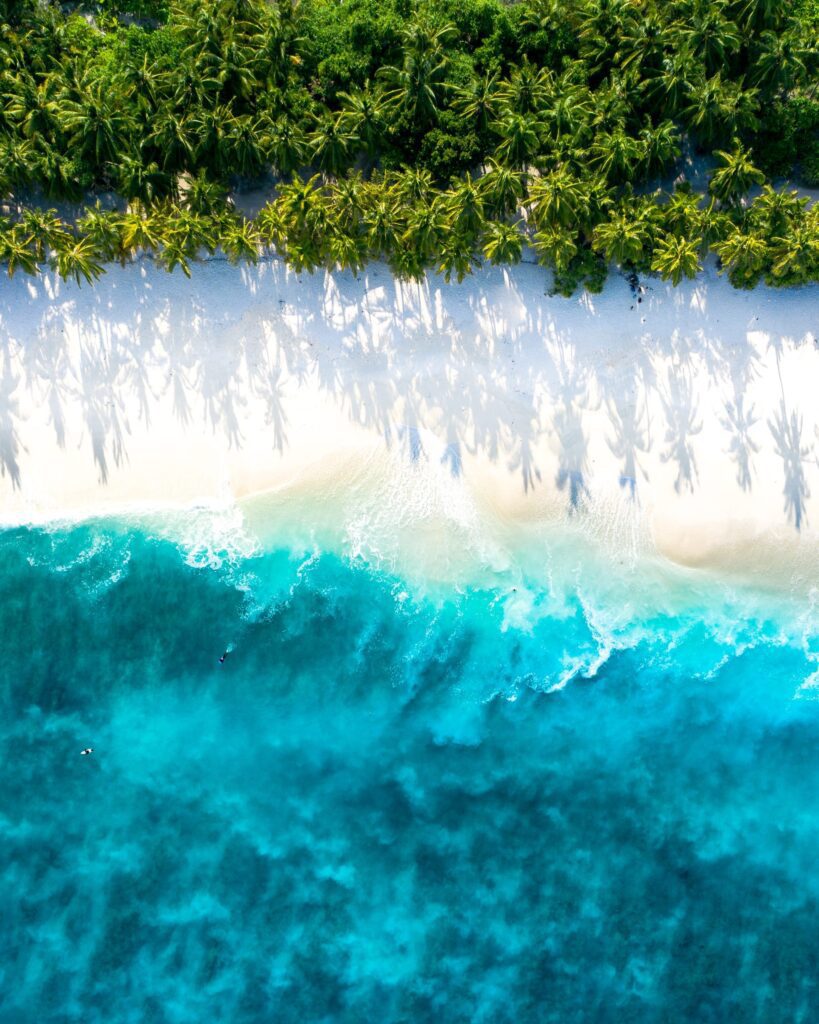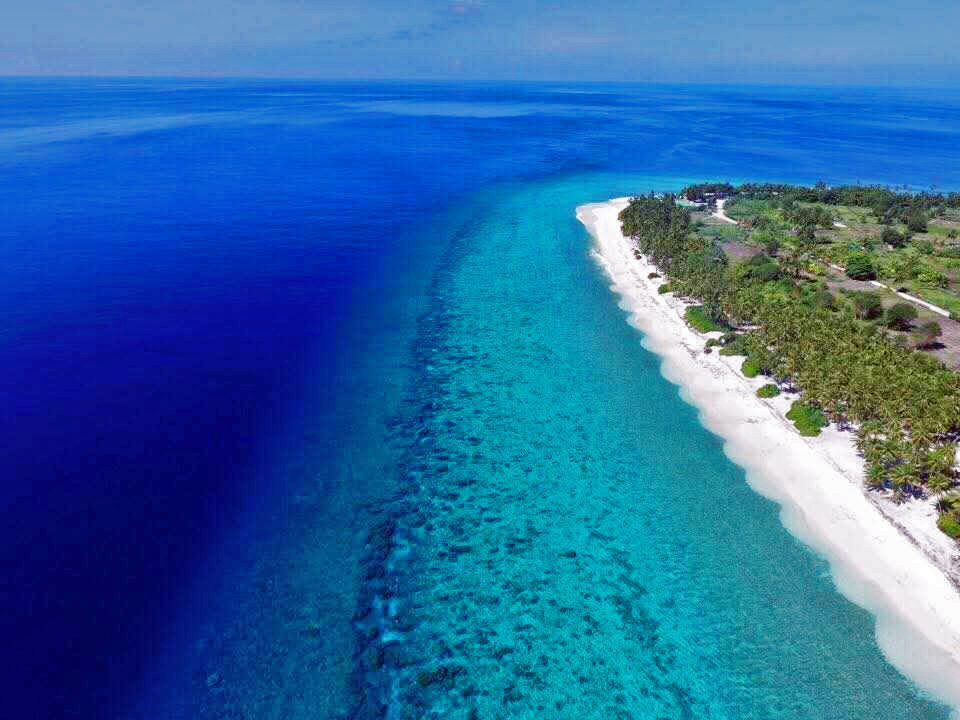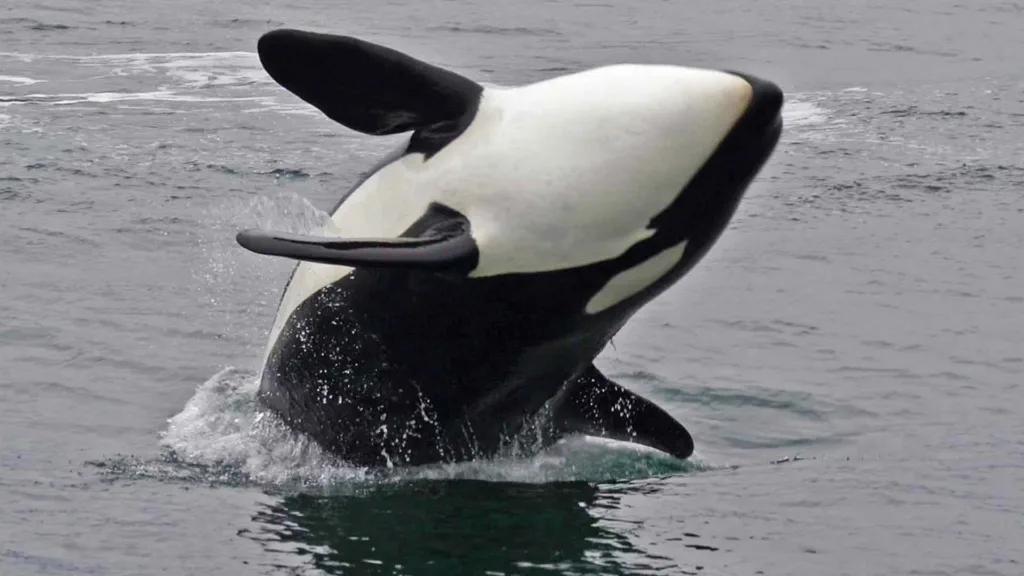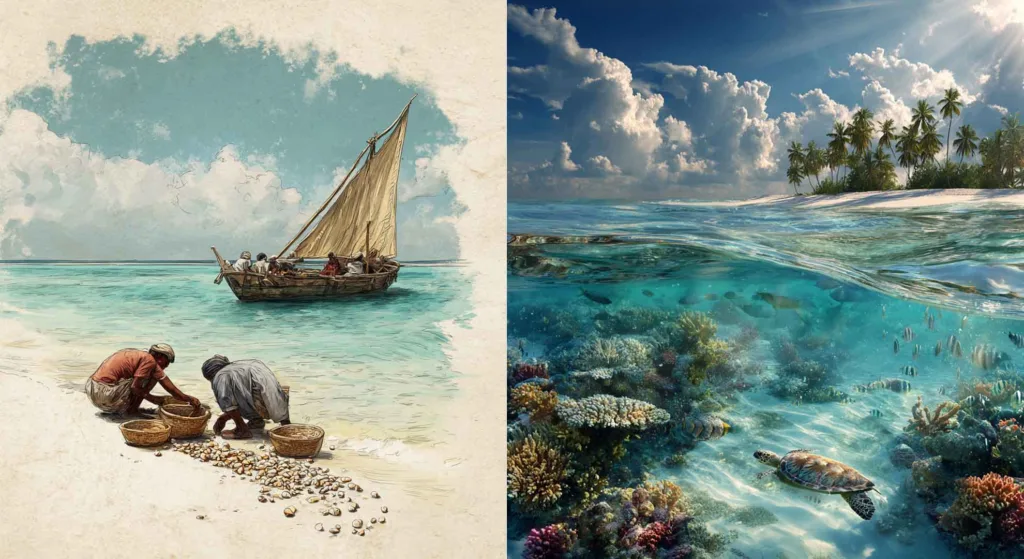
I was amazed to see the picture uploaded by Nasih Thaath in Fuvahmulah online that unfolds the mysterious beach formation on the northern beach – thoondu – of our island. People say everything about Fuvahmulah is unique and mysterious. That is true. Thoondu is a phenomenal place.
It is the most breathtaking and mysterious beach in the Maldivian archipelago. Twenty years ago, the white sandy beach was so vast that it stretched hundreds of meters across the northern tip of our island, creating natural phenomenon such as bissaaveli, temporary lagoons created on the beach enclaved by sand, that puzzled and attracted thousands of people. The edge of the sand adjoining the beach was so slanted that we used the base of the coconut petiole (beedi) to glide down the sand. It was skiing. Hold on! Let’s look at the mysterious beach formation in Thaath’s picture. Some pictures similar to these have gone viral on the internet in other parts of the world.
These formations are called beach cusps. According to worldlandforms.com, a beach cusp is a formation of sand, gravel or other beach material in the form of an arc. The cusp is the point of the arc on each side, directed toward the ocean. A beach cusp can refer to the point or to the entire formation, including the arc with points at each end. Beach cusps normally occur in a row along the beach, having the same size and spacing in a regular pattern.
Beach cusps are more likely to form on beaches that have coarse material like pebbles. Although wave action causes the formation of beach cusps, the process is not fully understood. One theory suggests the frequency of wave patterns may help to create them.
When incoming waves meet a flow of water returning seaward from a previous wave, this generates waves that move toward the left and right, parallel to the shoreline. They can move in opposite directions. When they collide, this can increase the height of an incoming wave. The frequency of these wave patterns may produce the arcs and beach cusps.
They are usually found to be from 10 to 20 feet from one cusp to the next. Large beach cusp formations have been seen to grow to as much as 200 feet across.
Beach cusps are more likely to appear where the waves are large. Beach cusps are more common along an ocean shoreline than other bodies of water because the waves are usually bigger. The direction of incoming waves may also affect how beach cusps are formed.
This phenomenon is not fully understood.
According to www.scinecdirect.com, beach cusps are crescentic rhythmic features found on the high-tide beach face in various beach environments. They are composed of equally spaced mounds or ridges of coarser beach material (horns) separated by smoothly curved depressions (bays or swales). The development of these cusps is influenced by wave breaking height, swash reach elevation, and the interaction of reflective beach slopes with cross-shore swash flows.
Thoondu is a place where you can observe one of the most mysterious sediments called “thoondu veyli” or pebbles. These shining white pebbles resemble gems. However, they can occur with sediment of any size. They nearly always occur in a regular pattern with cusps of equal size and spacing appearing along stretches of the shoreline. These cusps are most often a few metres long.
We have witnessed natural occurrences such as bissaaveli – formation of huge water pools in naturally engraved areas of the sand-formation, and the “moving” of the sand across the northern end, and we have been gifted with the pebbles of gems on the beach.
Beach cusp is another phenomenon that nature has bestowed upon us. This is the first time that we have witnessed this occurrence. But perhaps it has occurred in the past. Who knows! Nature’s tranquility and perfection have eluded us from these occurrences. Man is ignorant to judge Nature. It’s so mighty and complex. Natural phenomenon are the greatest signs of God’s creation and His existence.




